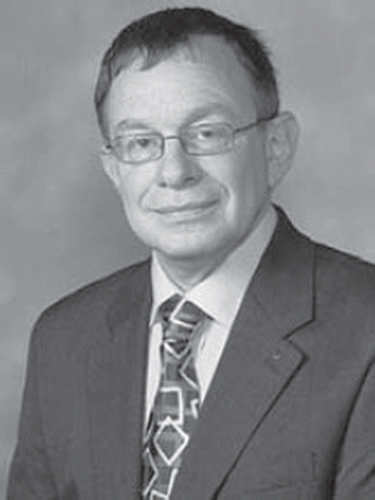In this issue of the Journal we deal with treatment of acute myocardial infarction and the dreadful phenomenon of no reflow. It is one of the expected severe complications during percutaneous coronary interventions (PCI) and happens mostly in conjunction with acute myocardial infarction, thrombus-rich lesions and large soft plaques. Because of the nature and size of the plaque it is also frequent in vein graft interventions. The major four questions that we face with respect to that are: what are the mechanisms for this complication? once we identify the increased risk, how do we prevent it from happening? and how do we treat this complication? The mechanisms are several and related to thrombotic or plaque shower embolism, microcirculatory spasm, tissue edema and more. The tools that we have to deal with this problem have evolved dramatically and include filters, proximal protection methods, aspiration devices, various rheolytic tools using fluid jets and a variety of pharmacological tools that are targeted at the plaque or local thrombus, microcirculation and the platelets.
Niccoli et al (Citation1) discuss no reflow in their comprehensive review. Clearly, this complication which occurs frequently during PCI has a strong negative impact on outcome. Prevention and treatments of no reflow are discussed. Pharmacologic and device based preventions strategies are presented. For treatment of no reflow adenosine and verapamil are the main therapy that is indicated by the European Society of Cardiology guidelines. There is much more to read and learn in this review.
One of the methods to limit non reflow is based on the hypothesis that it is related at large to distal remobilization of plaque or thrombus material from the lesion. Aspiration may reduce distal emollition and therefore attempts to prevent no reflow by special aspiration catheters have been suggested and tested. Man-Hong et al (Citation2) have tested the manual aspiration techniques in vein graft stenting in addition to filter wire protection and found no additional protective effect. Therefore, the addition of aspiration to the use of filter wire does not amplify the clinical benefit of the combination technique.
Oicariello et al (Citation3) has tested the dynamics of Procalcitonin (PCT) in shock patients and have shown that cardiogenic shock is different from septic shock. Cardiogenic shock following myocardial infarction was associated with heterogeneous patterns of temporal PCT variations. This is an interesting finding that required clarifications of mechanisms involved and clinical and prognostic implications. Learn more by reading the article.
Prognosis and high risk complication in patients with myocardial infarction undergoing PCI is discussed by Valente et al (Citation4). In a single center large study of over 1000 patients it was shown that unselected patients with myocardial infarction treated with primary PCI have mortality rates corresponding to those reported in randomized clinical studies, including transport of patients. Mortality is strongly related to high-risk complications developed during admission. Thus, patients with high-risk complications should receive special attention. Please read the paper and match it with your series of patient.
Finally Shimony et al (Citation5) have addressed the levels of circulating cell free DNA (CFD) that have been associated with poor prognosis in various diseases. High levels of circulating CFD have been associated with poor prognosis in various diseases. It is shown that it can be used as an important tool also in the setup of acute myocardial insult and needs to be further studied in the future. If your interest is raised and you are seeking new areas for research you should read the paper.
Several cornets of acute cardiac care have been highlighted in this Journal. I wish the readers an educative and interesting experience.
References
- Niccoli G, Marino M, Spaziani C, Crea, F. Prevention and treatment of no reflow. Acute Cardiac Care 2010;12: 81–91.
- Man-Hong J, Kai-Hang Y, Ryan Lap-yan K, Hee-Hwa H, Chung-Wah S, Wing-Hing C. Manual Aspiration Prior to Stenting Does Not Reduce the Incidence of Filter No Reflow in Saphenous Vein Graft Lesions Protected by Filter Wire. Acute Cardiac Care 2010;12:92–95.
- Picariello C, Lazzeri C, Valente S, Chiostri M, Attanà P, Franco Gensini G. Kinetics Of Procalcitoninin Cardiogenic Shock And In Septic Shock: Preliminary Data. Acute Cardiac Care 2010;12:96–101.
- Valente S, Andersson H, Sejersten M, Clemmensen P, Grande P. Prognosis and High-risk Complication Identification in Unselected Patients with ST-Segment Elevation Myocardial Infarction Treated with Primary Percutaneous Coronary Intervention. Acute Cardiac Care 2010;12: 102–108.
- Shimony A, Zahger D, Gilutz, H, Goldstein H, Orlov G, Merkin M . Cell free DNA detected by a novel method in Acute ST-elevation myocardial infarction patients. Acute Cardiac Care 2010;12:109–111.
